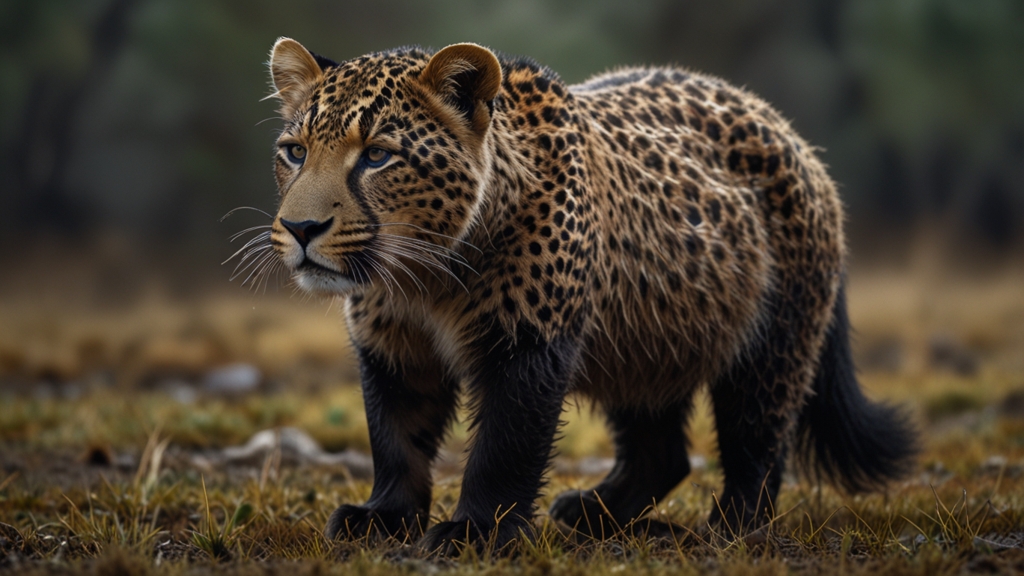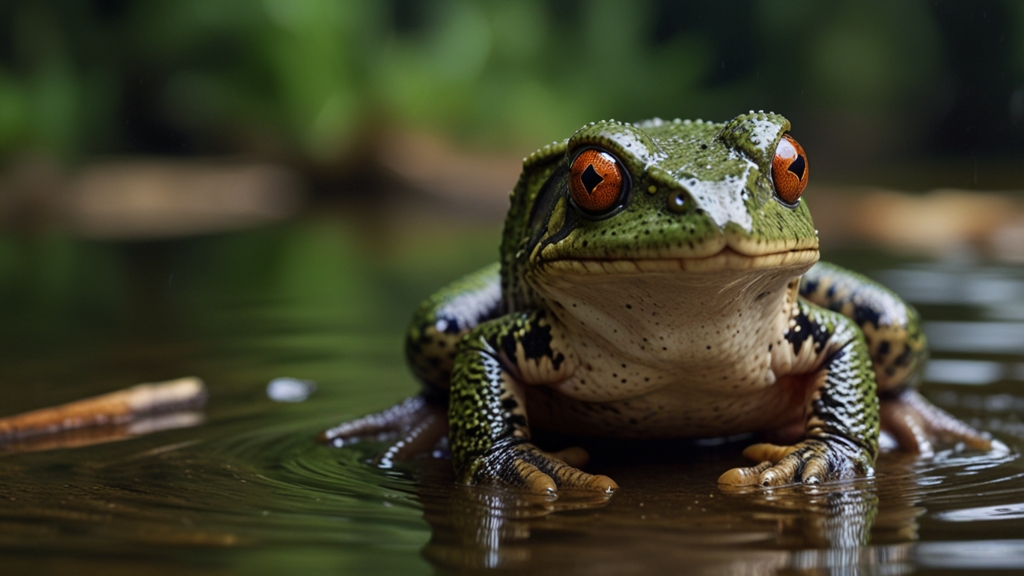Meet the Mammals: A Guide to Earth's Most Captivating Creatures
Mammals are one of the most diverse and fascinating groups of animals on our planet. Characterized by their warm-blooded nature, hair or fur covering, and the presence of mammary glands in females, mammals span an impressive range of sizes, habitats, and behaviors. From the African savannas to the deepest oceans, mammals have colonized almost every conceivable environment. This article delves into some of the most captivating mammal species and explores what makes them so remarkable.
Primates: Our Closest Relatives
Primates are perhaps the most well-known and studies order of mammals, primarily because they include Homo sapiens—us. Beyond humans, this group encompasses a dazzling array of species, including chimpanzees, gorillas, orangutans, and a myriad of monkey species. Primates are mostly characterized by their high level of intelligence, intricate social structures, and opposable thumbs, which enable them to manipulate objects with great skill.
"The more we learn about primates, the more we realize how similar they are to us in their behavior and emotions. It's truly fascinating to see the bridges between our species and theirs." — Dr. Jane Goodall
Many primate species are currently facing the threat of extinction, primarily due to habitat loss and hunting. Conservation efforts are crucial to ensure these intelligent creatures continue to thrive in their natural habitats.
Cetaceans: Giants of the Ocean
Whales, dolphins, and porpoises belong to the cetacean family and are some of the most mesmerizing creatures of the marine world. These mammals are perfectly adapted to life in water, with streamlined bodies, blowholes for breathing, and blubber for insulation. The blue whale, the largest animal ever known to have existed, is a testament to the awe-inspiring capabilities of evolution.
"To witness a whale in its natural habitat is to experience one of the most humbling moments in nature. Their grace and power remind us of the ocean's vastness and the life it sustains." — Dr. Sylvia Earle
Cetaceans are also famous for their intelligence and complex social structures. Dolphins exhibit a range of behaviors that suggest a high level of social interaction and problem-solving abilities. Unfortunately, like many marine animals, cetaceans are also under threat due to human activities, including pollution, ship strikes, and entanglement in fishing gear.
Big Cats: Apex Predators
The family Felidae is home to some of the most formidable predators on land, including lions, tigers, leopards, and cheetahs. These big cats are known for their strength, agility, and hunting prowess. Each species has adapted to its environment in unique ways. For example, the cheetah, the fastest land animal, uses its incredible speed to chase down prey, while the stealthy tiger relies on its camouflaged coat to ambush targets in dense forests.
"Big cats are symbols of wild beauty and power, but they are also among the most vulnerable. Their survival depends on our ability to protect the landscapes they inhabit." — Dr. George Schaller
Conservationists are working tirelessly to protect these magnificent animals from poaching and habitat destruction. Protected areas and wildlife corridors are crucial for their continued survival.
Unique Mammals: The Odd Ones Out
While many mammals fit into well-known categories, some defy easy classification due to their unique adaptations and behaviors. The platypus, for instance, is a monotreme, a group of egg-laying mammals. Found in Australia, the platypus boasts an eclectic mix of features, including a duck-like bill, webbed feet, and the ability to sense electrical impulses. Echidnas, also monotremes, are spiny anteaters that exhibit similarly unusual traits.
Another fascinating group includes the marsupials, such as kangaroos, koalas, and wombats. These mammals carry and nurse their young in pouches, providing a unique adaptation for nurturing offspring in diverse environments.
Conclusion
Mammals are a testament to the ingenuity of evolution, demonstrating an incredible range of adaptations that enable them to thrive in virtually every corner of the planet. Understanding and appreciating the diversity of mammalian life inspires us to take action in preserving these extraordinary creatures for future generations. Whether through conservation efforts, educating others, or simply fostering a sense of wonder about the natural world, we all have a role to play in protecting Earth's most captivating creatures.








